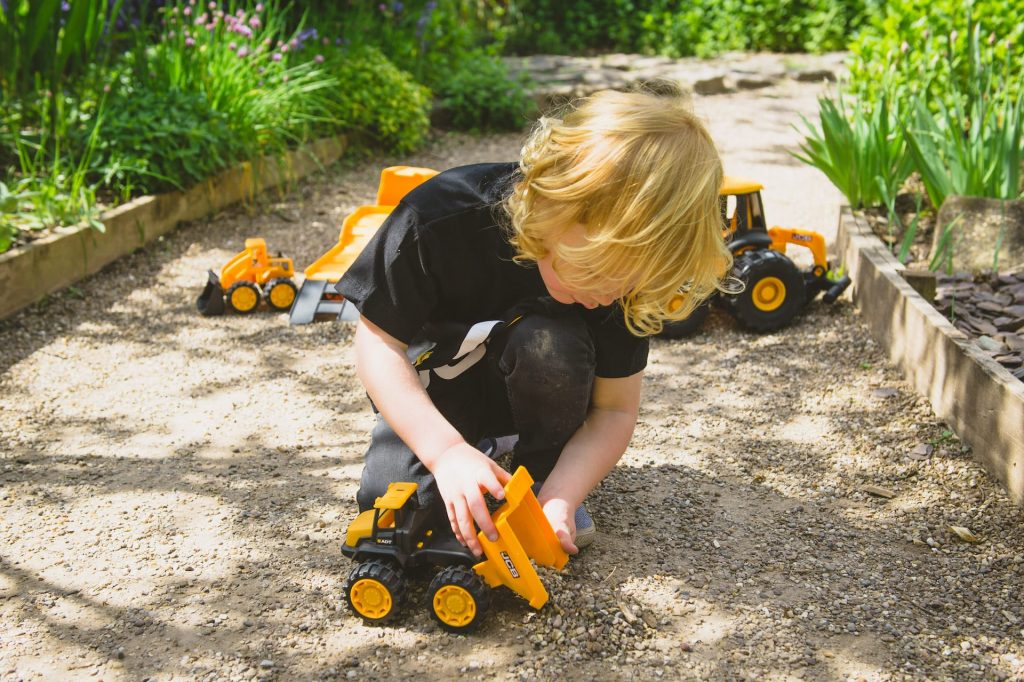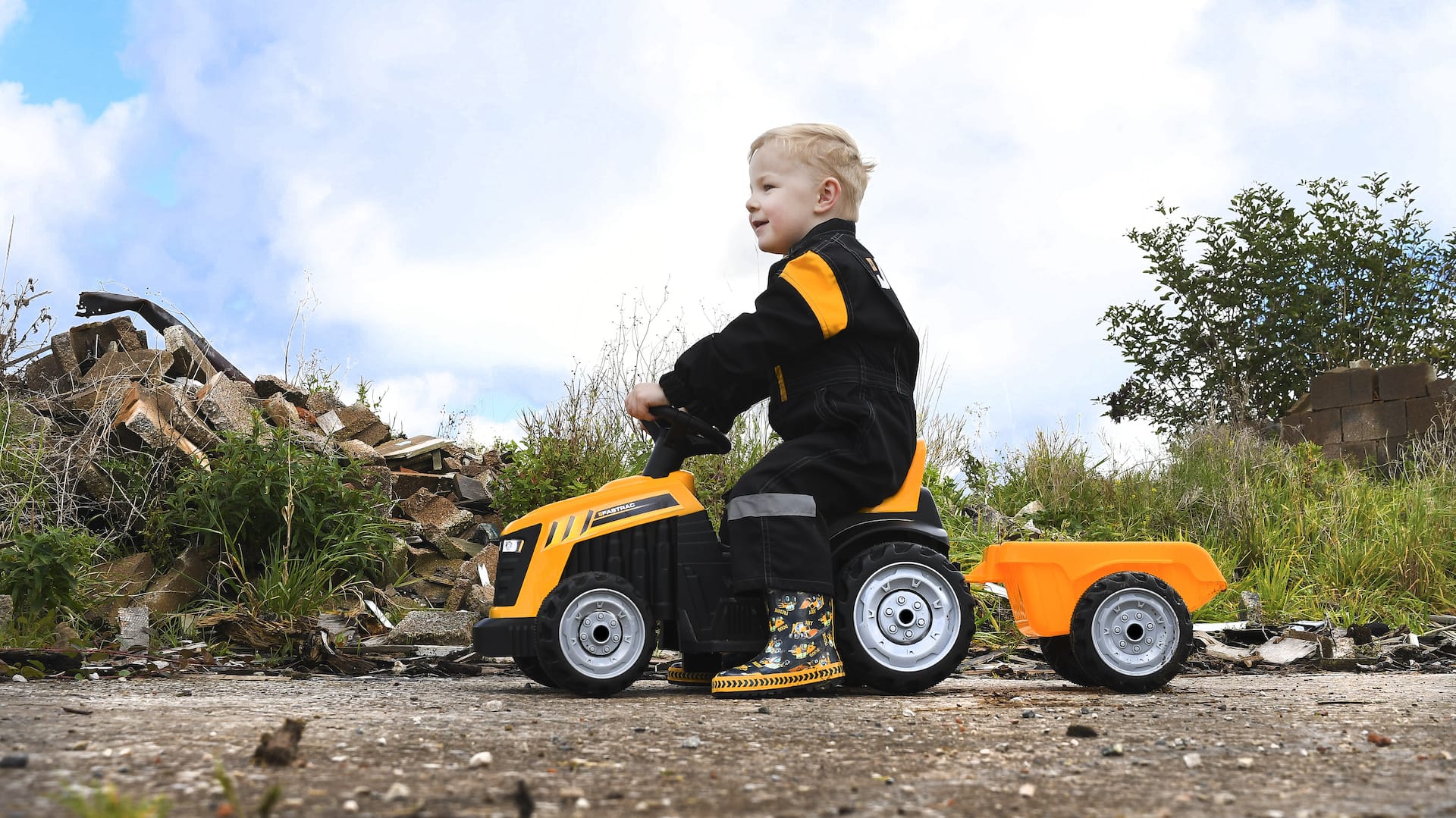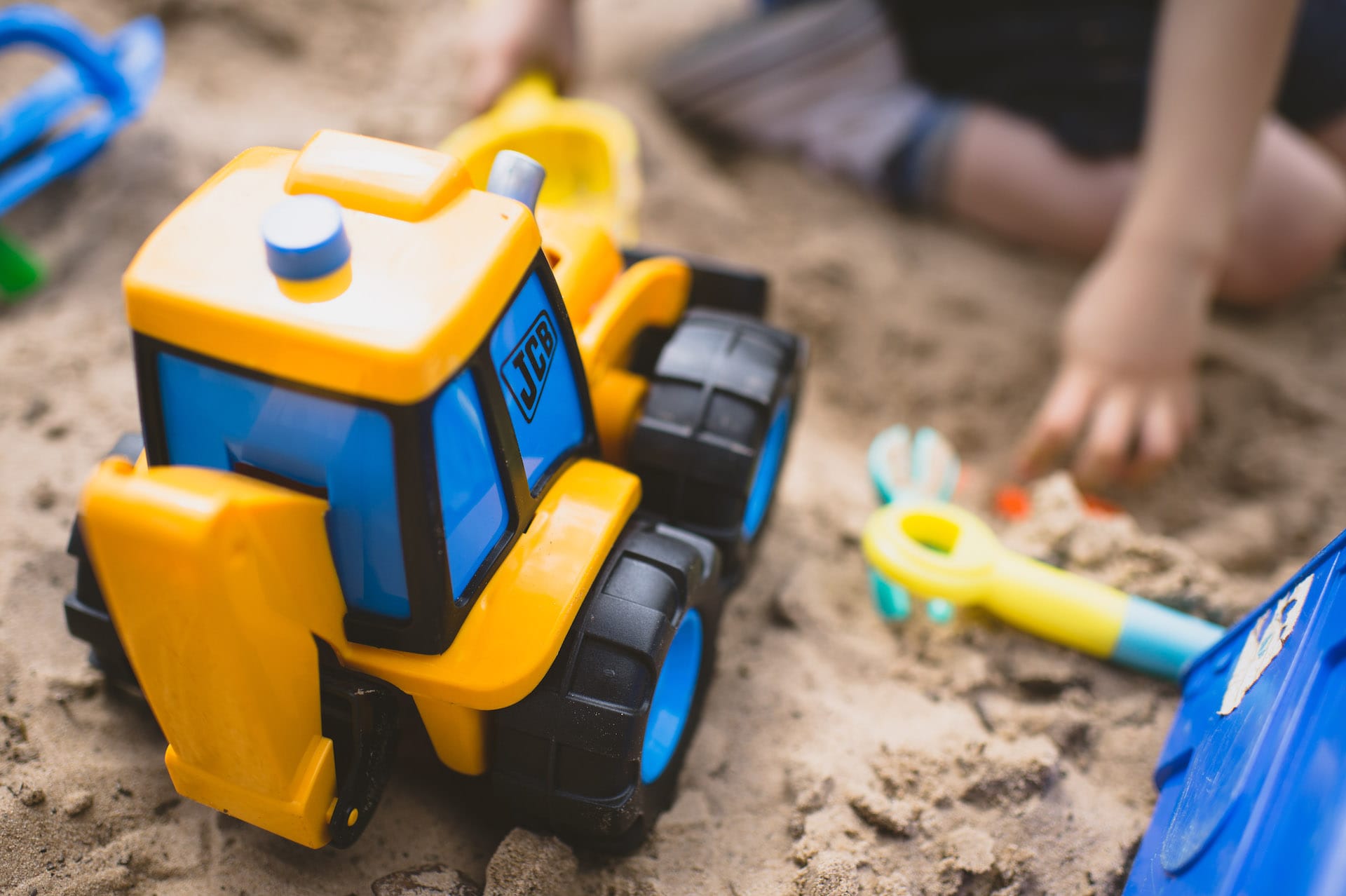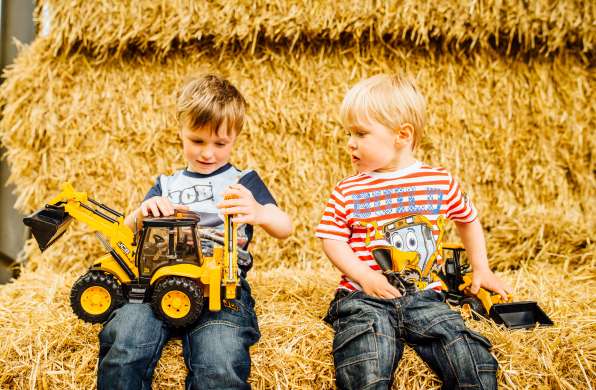Constructive Play: what is it and why is it important?
December 21, 2020

Part of children’s development is interacting with the world around them and manipulating the objects to help gain a greater sense of understanding the surroundings. Using materials and objects to play is very important in this process. Constructive play focuses around the use of various objects and materials to play, like, for example building towers or creating something new from existing elements.
Constructive play is part of a larger concept in the theory of a child’s development, called functional play. Often, it comes naturally without too much thinking, but being aware of the idea of constructive play can help the parents and teachers expand a child’s knowledge and help encourage cooperation, team work and creativity.
Functional play is essentially any play with toys or objects according to their desired function, like rolling a ball or pretending to feed a doll. Constructive play, however, goes a step further.
Constructive play focuses on constructing things using materials and toys to build and is focused on a specifically intended goal.
Let’s take a closer look at some examples of constructive play and why it should be encouraged as part of children’s development.

Examples of constructive play
There are numerous ways to encourage your child to engage with constructive play. Here are just some of them:
- Building sandcastles
- Digging holes
- Playing with construction toys
- Building blocks (Lego, Duplo, etc)
In essence, any activity that involves interacting with a child’s environment and creating things from it can be deemed as constructive play – the possibilities are endless.
How does constructive play help children to learn & grow?
Constructive play is an extremely powerful way for children to discover and grow their skills as it holds numerous learning possibilities. It provides children with the opportunity to explore:
- Creativity – Children are encouraged to think freely and test their ideas. By being able to design their own play, they are also able to take an idea and see it through.
- Curiosity – Learning is being promoted by allowing children to explore objects with an interest.
- Problem-solving – Constructive play is heavily focused towards an end goal, therefore, children are encouraged to work out the best method in which to complete this goal.

How do construction toys help child development?
Think about a construction site, is there any better place where logical thinking, creativity and building skills come together? What if your child could be the manager of their own construction site? Sounds great, doesn’t it?
That’s where construction toys come in.
It may seem obvious, but construction toys and constructive play go hand in hand.
Take playing with a toy digger, for example. Children are able to learn how machinery works and operates, the concept of space and direction, all while engaging in free play.
For older children, construction ride-on toys not only offer an opportunity to play builder, but also help increase spatial awareness.
How To Encourage Constructive Play?
Encouraging constructive play in kids is a wonderful way to stimulate creativity, problem-solving skills, and overall development. Here are some strategies to foster constructive play:
Provide Open-Ended Toys
Offer toys that can be used in various ways, promoting open-ended play. Items like building blocks, digger toys, and art supplies allow for limitless creativity.
Create a Designated Space
Set up a specific area for constructive play, equipped with building materials, art supplies, and other tools. This signals to children that it’s a space for exploration and creation.
Participate in Joint Activities
Engage in constructive play with your child. Whether it’s building a fort, crafting, or playing with construction toys together, your involvement enhances the experience.
Encourage Problem Solving
Pose challenges or scenarios that require problem-solving. This could involve building a structure that can withstand a “storm” or finding creative solutions to unexpected obstacles during play.
Celebrate Imagination:
Embrace and celebrate your child’s imagination. Encourage them to create stories, imagine new worlds, and express their ideas through play.
As you can see, encouraging constructive play brings a lot of benefits and facilitates the learning & development process. What’s more, it can even trigger a passion, that your child may turn into a lifetime hobby or even a career!




